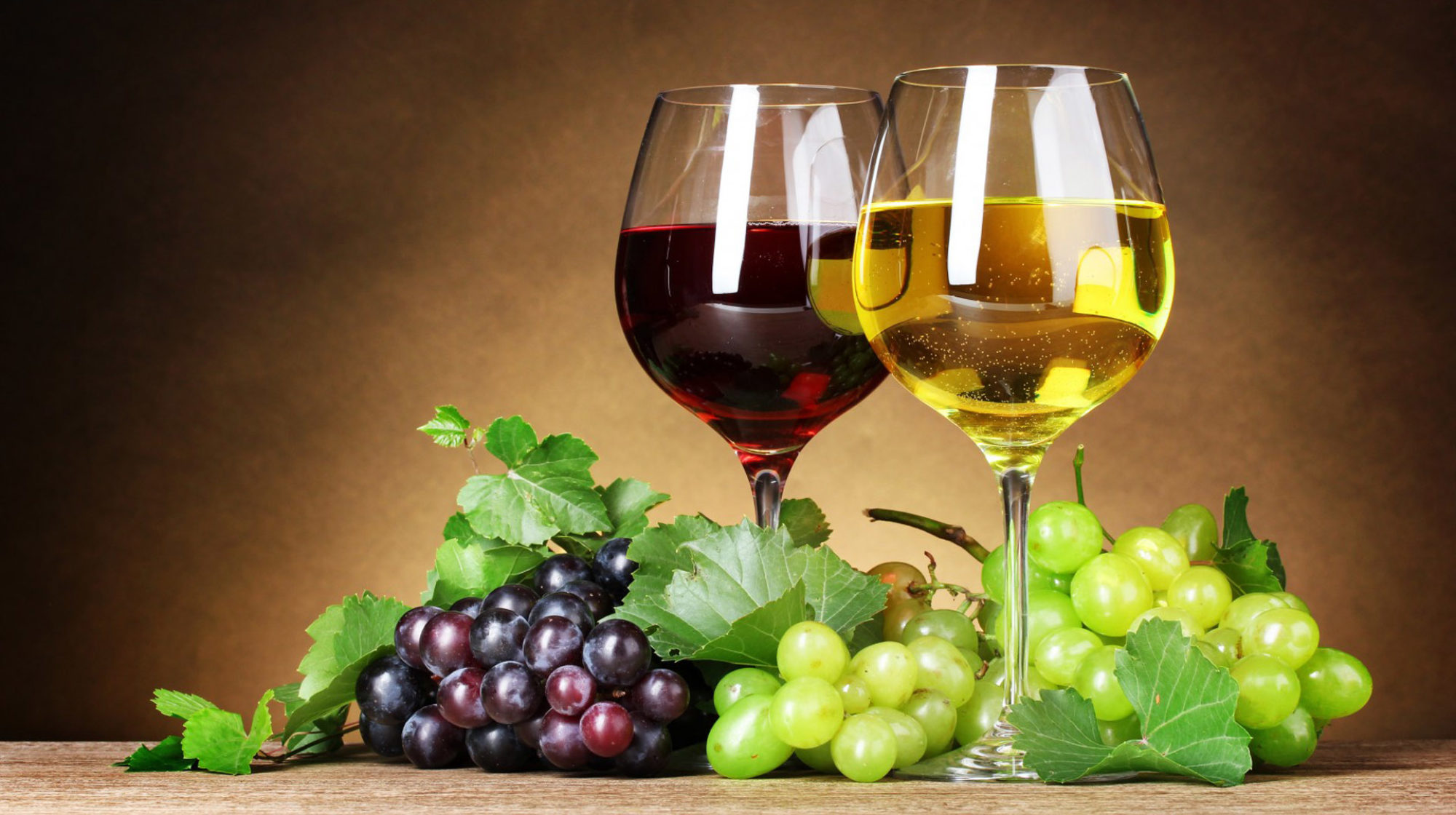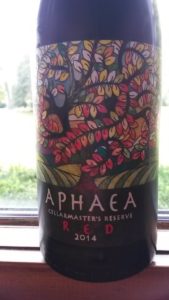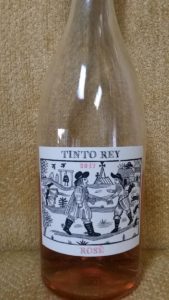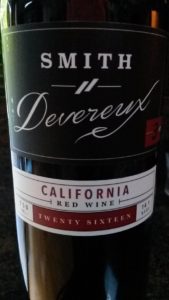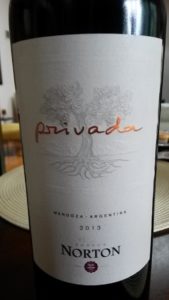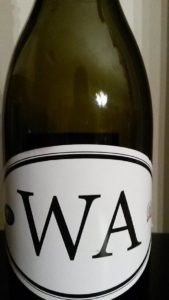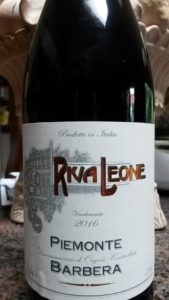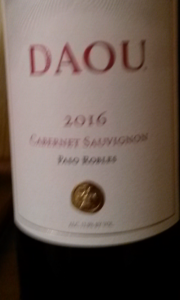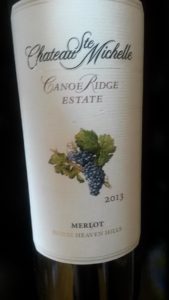
Origin: Vino de la Tierra de Castilla application, Spain
Grape: White Blend of 90% Airen and 10% Macabeo
Year: 2017
Alcohol: 12%
Price point: $10
Year Reviewed: 2018
By now you know I love to learn about grapes that are less heard of but by no means not grown plentiful in Spain. This white blend consists of Airen and Macaebo. So what do we know about those varietals.
Airén is a variety of Vitis vinifera, a white grape commonly used in winemaking. This grape is native to Spain where it represents about 30% of all grapes grown. As of 2010, Airén was estimated to be the world’s 3rd most grown grape variety in terms of planted surface, at 252,000 hectares, down from 306,000 hectares in 2004, where it held 1st place, although it is almost exclusively found in Spain, predominantly in the Spanish regions of south, central and some parts of western Spain as well.
Airén is best consumed as fresh as possible. Airén is widely planted in the La Mancha region of Spain. New wine-making techniques of stainless steel and cold-soak fermentation have made it a little more palatable, but most is still used as either a blending grape to lighten heavy reds or in the production of Brandy de Jerez.
Airen traditionally used for making Brandy.
Macabeo, also called Viura or Macabeu (Catalan: [məkəˈβew], French: ) is a white variety of wine grape. It is widely grown in the Rioja region of northeastern Spain , the Cava producing areas south of Barcelona , and the Languedoc-Roussillon region of France .
Macabeo is best consumed young. Besides Cava the best examples of Macabeo come from Rioja, where it is known as Viura, and now makes up 90% of white wine production in that area. It can also be found in large quantities in southern France, particularly in the Languedoc area where it is usually blended with Grenache Blanc.
For Protocolo, the soil is filled with clay and contains a high limestone content. Vines are planted on trellises with no fertilizers, herbicides or pesticides on the grapes, hence the grapes can be labelled ‘organic grapes.’ The grapes undergo a short cold maceration and are pressed and placed in stainless steel vessels. The cold fermentation process helps to retain aromatics of the Macebeo grape. This wine making process does introduce sulfites.
On the nose, a light fragrant tart lemony smell but clean.
The palate will give you some tartness upfront, yet light bodied and refreshing. Reminds me of when you are making apple pie with tarter apples and you put them in cold water with lemon to keep the apples from turning brown. This light lemon flavored apple slice reminds me of the tastes I experience with this wine. Try pairing with Swiss cheese to bring out the butteryness of both the wine and the cheese. Glad I found this interesting, moderately priced, refreshing young blend. Nice with light snacks, starting your party off with some light cheese and cracker appetizers or just enjoying some summertime on the deck.
